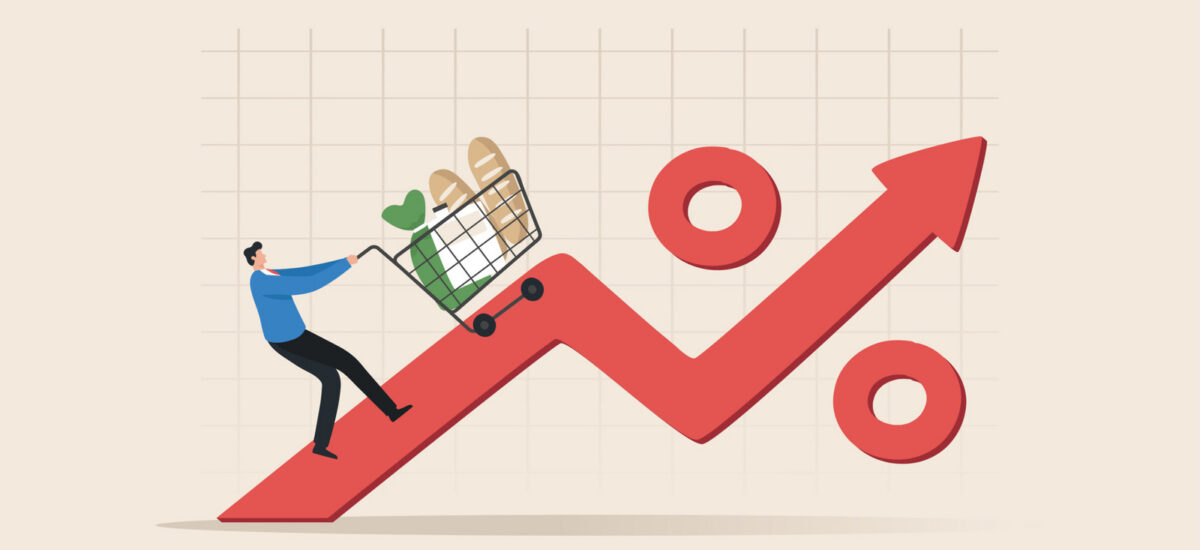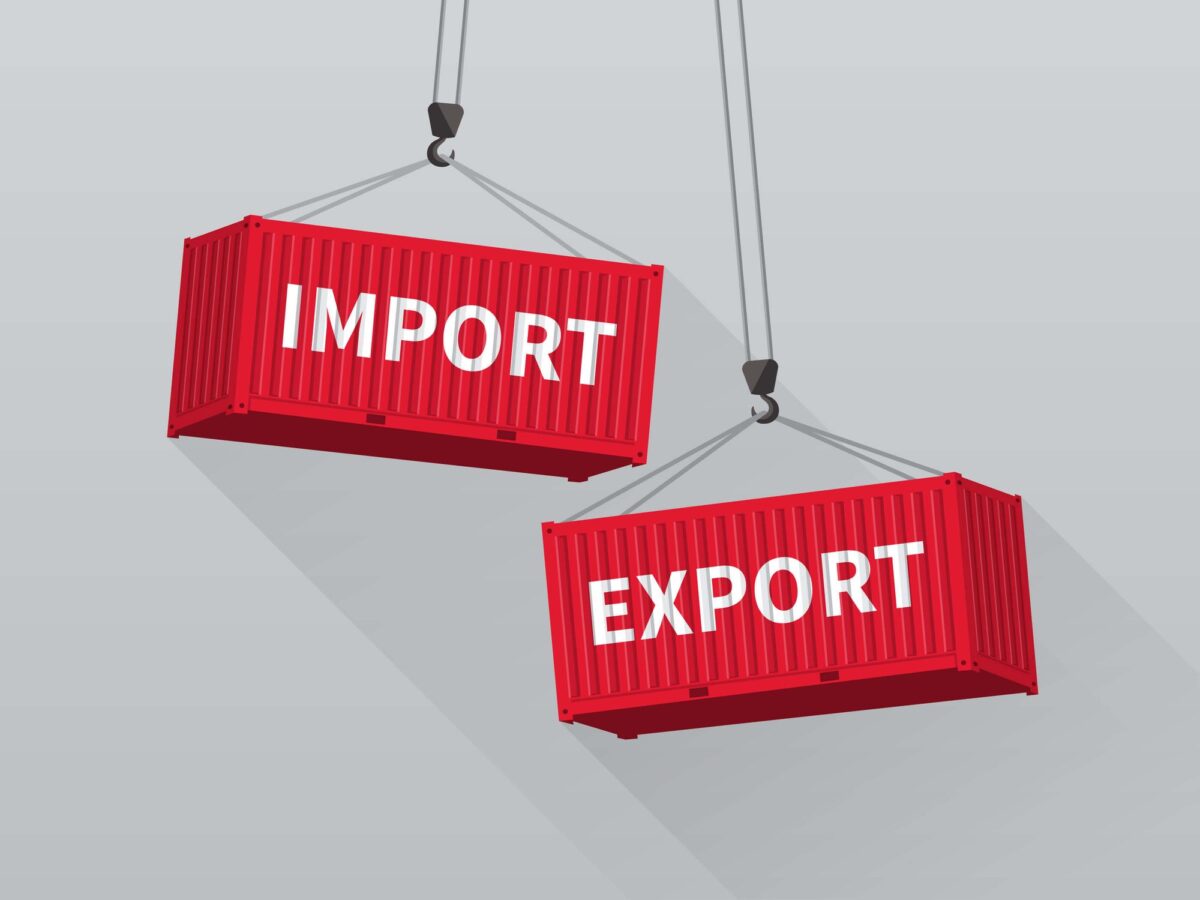India’s wholesale price index (WPI)-based inflation in March eased to 2.05 per cent from 2.38 per cent in February, according to data released by the Ministry of Commerce and Industry on Tuesday. The marginal decline in inflation was driven by falling prices in food and fuel & power segments, even as prices of manufactured products continued to edge up.
WPI is used to measure the average changes in the prices of goods sold in bulk at the wholesale level, reflecting the supply and demand in industries like manufacturing and construction.
The primary articles group, which includes food and crude oil, saw a significant 1.07 per cent decline in prices from the previous month. Notably, crude petroleum & natural gas prices fell by 2.42 per cent, non-food articles dipped by 2.40 per cent, and food articles dropped by 0.72 per cent. However, minerals registered a marginal increase of 0.31 per cent.
WPI Food Index
The WPI Food Index, which includes food articles and manufactured food products, dipped slightly from 189.0 in February to 188.8 in March. WPI-based food inflation rate eased to 4.66 per cent in March from 5.94 per cent the month earlier.
WPI fuel and power
The WPI Fuel was 0.20 per cent in March, compared to -0.71 per cent in February. The fuel and power group index contracted by 0.91 per cent in March, largely due to a 2.31 per cent drop in electricity prices and a 0.70 per cent fall in mineral oil prices. Coal prices remained unchanged.
WPI manufacturing
The WPI Manufacturing was 3.07 per cent in March, up from 2.86 per cent in February. Manufactured products, which make up the largest component of the index, rose by 0.42 per cent month-on-month. Key contributors to the increase were basic metals, food products, transport equipment, and machinery. However, there were price declines in textiles, chemicals, electronics, printing, and furniture.
IIP slows to 2.9 per cent in Feb
India’s industrial output, measured by the Index of Industrial Production (IIP), grew by 2.9 per cent in February 2025, the slowest pace in six months, data from the National Statistics Office (NSO) revealed last week. This was down from 5.01 per cent in January. Manufacturing growth slowed to 2.9 per cent, while mining and electricity output rose by 1.6 per cent and 3.6 per cent, respectively.
Retail inflation numbers for March are expected to be released on April 15.
Top-notch SEBI registered research analyst
Best SEBI registered Intraday tips provider
Telegram | Facebook | Instagram
Call: +91 9624421555 / +91 9624461555



